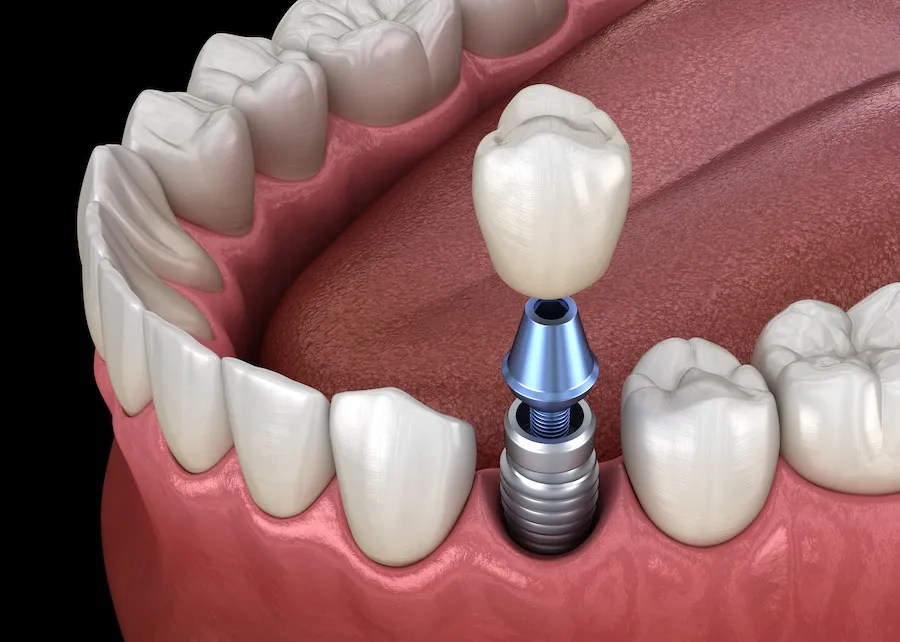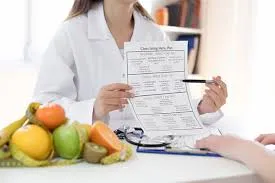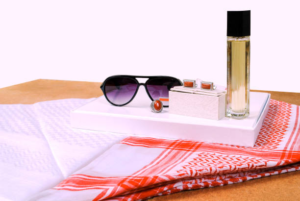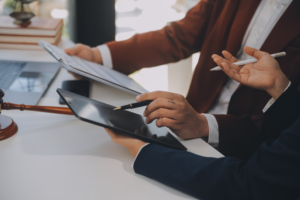The Causes of Varicose Veins and How They Are Treated
Varicose veins are a common condition that affects many people. They are visible, enlarged veins that often appear on the legs and feet. Beyond their appearance, they can lead to discomfort and other symptoms. Understanding what causes them and how they are treated is helpful for anyone affected by this condition.
What Are Varicose Veins?
Varicose veins are veins that have become enlarged and twisted. They often appear blue or purple under the skin. These veins develop when the small valves inside them stop functioning correctly, which causes blood to pool instead of flowing back to the heart as it should.
Many people notice these as bulging, rope-like structures on their legs. Though they can sometimes cause aching or discomfort, they don’t always lead to pain. These veins commonly occur in the lower half of the body because of the increased pressure from standing or walking upright.
Why Do They Develop?
Varicose veins develop when the valves in veins stop working as they should. Normally, these valves prevent blood from flowing backward. When they weaken or become damaged, blood can collect, causing the veins to stretch and swell.
Factors like aging and genetics play a role in valve weakening. Over time, vein walls lose elasticity, which may lead to valve issues that cause this condition. Daily habits and health conditions such as sitting or standing for long periods may also increase the likelihood of developing them.
Who Is More Likely to Get This Condition?
Some people are more prone to this condition due to factors they cannot control. Family history plays a role, as people with close relatives who have them are at greater risk of developing the condition. Age is another factor since veins naturally lose elasticity as people grow older.
Hormonal changes also make certain groups more likely to develop these veins. Pregnancy, menopause, and other hormonal shifts can increase the pressure on veins. This is why women are more likely to experience this than men. Lifestyle factors, such as a lack of physical activity or being overweight, can further exacerbate the risk.
How Can I Prevent and Manage Them?
Preventing this condition often comes down to managing your lifestyle and taking care of your circulatory health. Staying physically active is beneficial. Activities like walking, jogging, or swimming help improve blood circulation and reduce the pressure that contributes to varicose veins.
Wearing comfortable footwear and elevating the legs when resting can also reduce strain on the veins. Avoiding long periods of sitting or standing may make a difference, too. Compression stockings can provide support by improving blood flow and reducing swelling for those prone to this condition.
See a Specialist for Varicose Vein Treatment
While managing varicose veins often starts at home, medical treatments are available for those who need them. Specialists can offer options to reduce the appearance or discomfort caused by these veins. Advances in care now include minimally invasive procedures that target problem veins directly. Book a consultation today to explore your treatment options and take the next step toward addressing varicose veins.











Post Comment